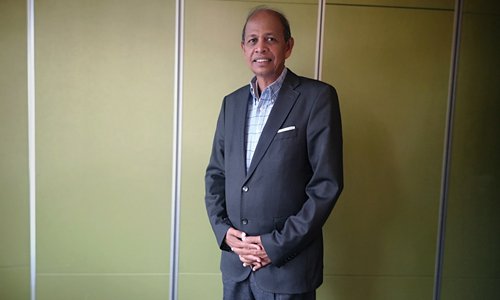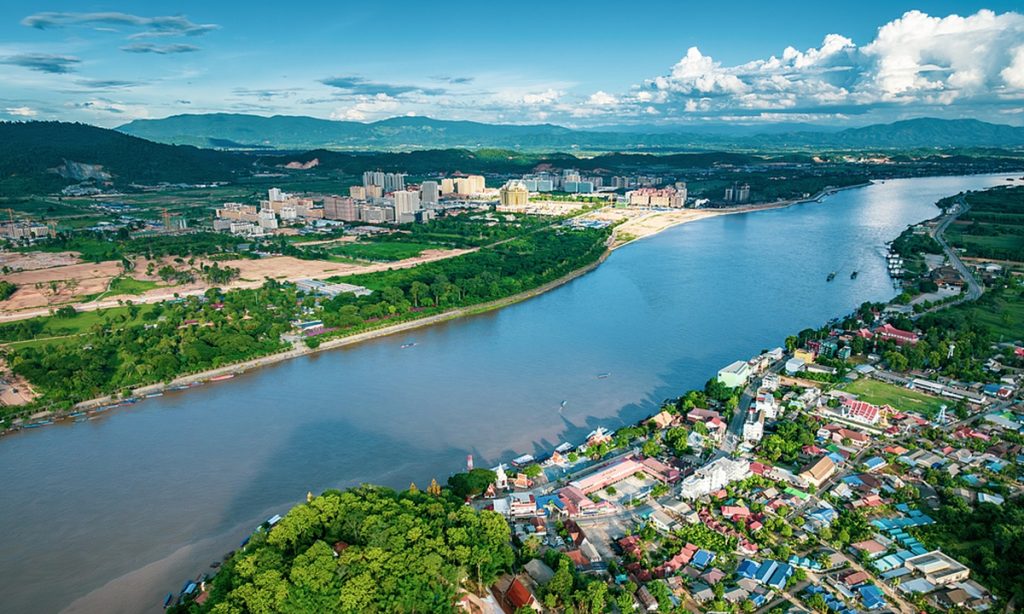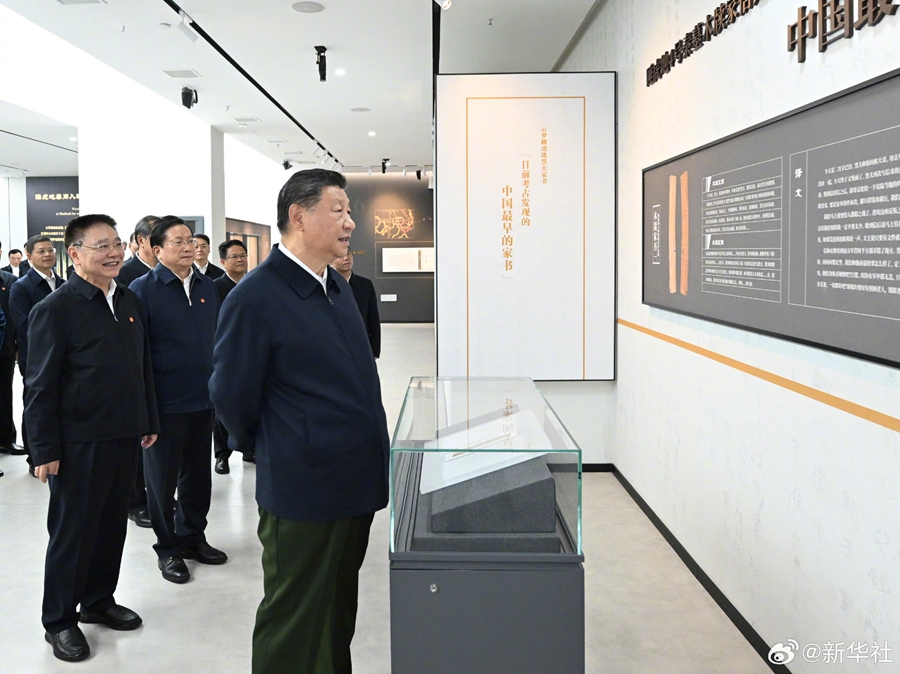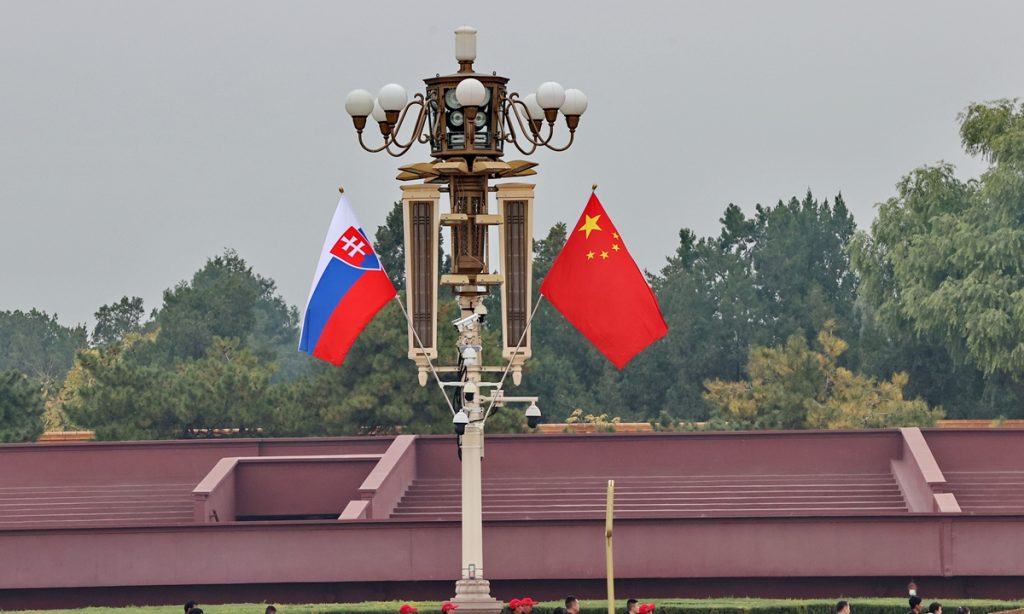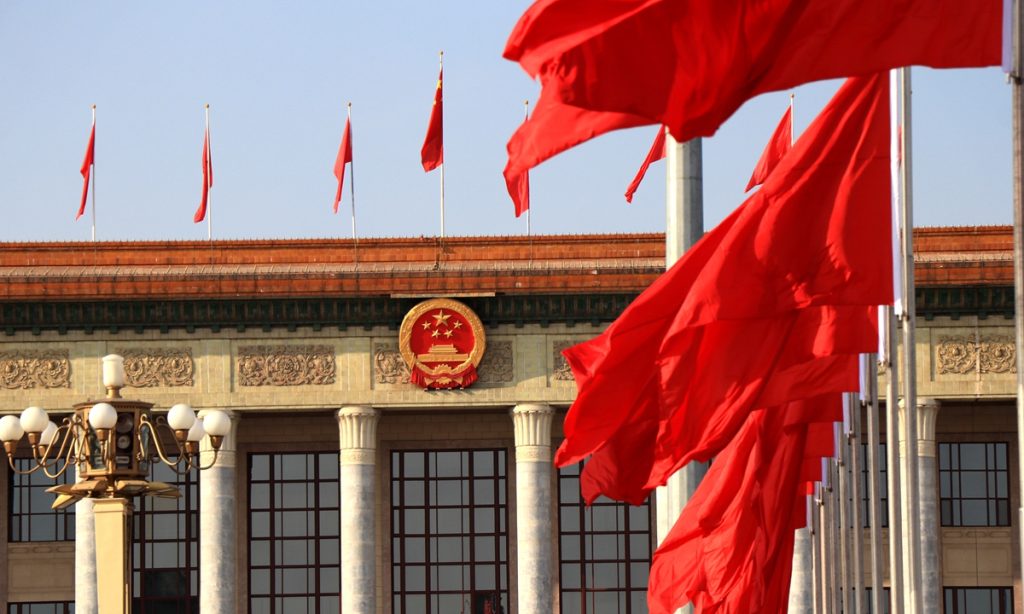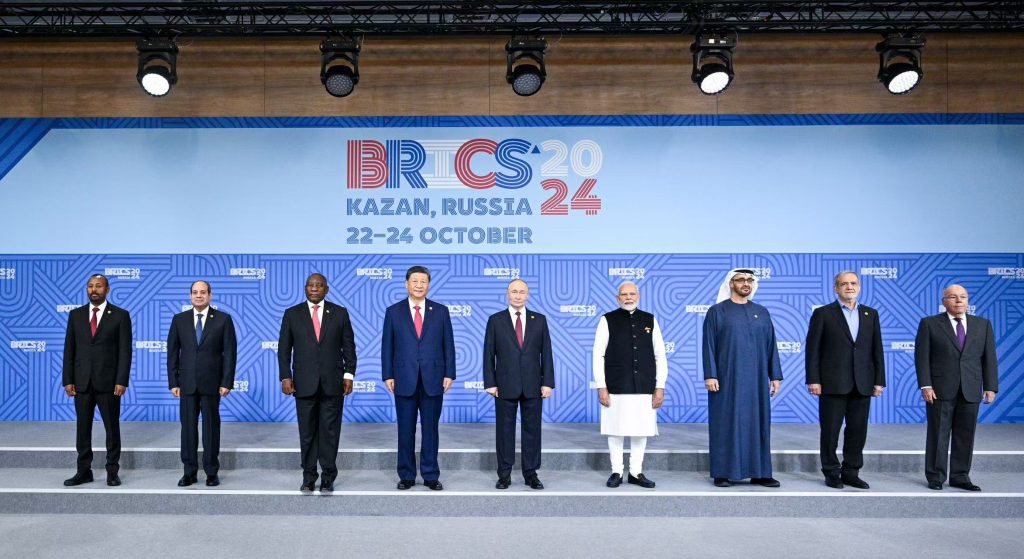China, Russia hold annual strategic security consultation, marking high-level mutual trust in major changes in intl politics
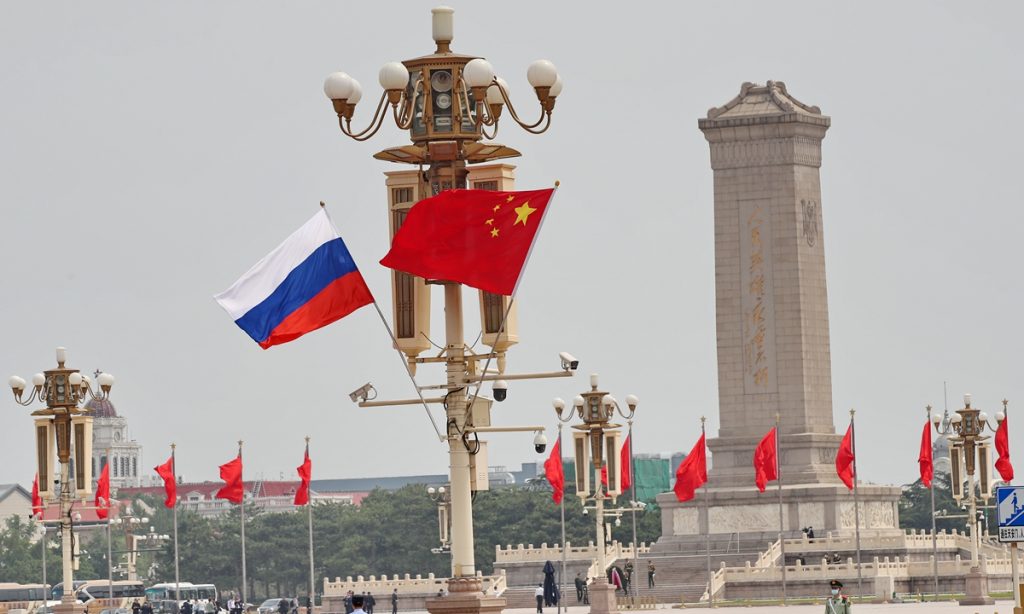
China and Russia on Tuesday had in-depth communication and reached a new consensus in their annual strategic security consultation, marking a high level of mutual trust between the two countries under the guidance of the two heads of state, which not only continues to boost bilateral cooperation, but also helps stabilize regional and global security amid major changes in the international landscape, Chinese analysts said.
China and Russia held the 19th round of their annual strategic security consultation in Beijing on Tuesday, with both sides exchanging in-depth views on major issues of common concern related to strategic security, according to the Xinhua News Agency.
The meeting was co-chaired by Wang Yi, a member of the Political Bureau of the Communist Party of China Central Committee and director of the Office of the Central Commission for Foreign Affairs, and Sergei Shoigu, secretary of the Russian Federation Security Council.
Noting that this year marks the 75th anniversary of the establishment of diplomatic relations between China and Russia, Wang said that under the leadership of the two heads of state, China-Russia relations have maintained sound, stable momentum amid changes in global affairs.
Both sides adhere to the principles of lasting good-neighborliness and friendship, comprehensive strategic coordination, and mutually beneficial cooperation, all of which serve the fundamental interests of the two peoples, Wang observed.
Wang said that China and Russia have supported each other firmly on issues concerning their core interests, deepened political mutual trust and promoted practical cooperation, creating a new model for relations between neighboring major countries, and significantly promoting solidarity and cooperation within the Global South.
Guided by the consensus reached by the two heads of state, the China-Russia strategic security consultation mechanism should strengthen coordination on strategic and overarching issues related to the security and development interests of both sides, Wang said.
Wang also called for enhanced exchange and multilateral coordination between the two countries amid the changing international landscape, so as to provide a strong guarantee for the high-level development momentum of China-Russia relations and ensure that the two countries work together to maintain global strategic stability.
Shoigu said that Russia is willing to work with China to implement the consensus reached by the two heads of state, and enhance bilateral cooperation and coordination within multilateral mechanisms such as the United Nations, the Shanghai Cooperation Organization and BRICS, aiming to promote the continuous development of Russia-China relations.
Shoigu is attending the 19th round of the annual China-Russia strategic security consultation and the ninth meeting of the China-Russia law-enforcement and security cooperation mechanism in China from November 11 to 15, according to China's Ministry of Foreign Affairs.
High-level mutual trust
Over the last decade or so, President Xi Jinping and Russian President Vladimir Putin have met over 40 times in various bilateral and multilateral settings, the Xinhua News Agency reported.
Under the continuous guidance of the heads of state, China and Russia have close communication through diverse mechanisms and are transforming high-level strategic mutual trust into concrete cooperation in a wide range of sectors, Zhang Hong, a research fellow at the Institute of Russian, Eastern European and Central Asian Studies of the Chinese Academy of Social Sciences, told the Global Times on Tuesday.
Sun Xiuwen, an associate professor at the Institute for Central Asian Studies at Lanzhou University, pointed to cooperation in aspects including the economy, energy and security.
The two countries also coordinate in multilateral mechanisms, which helps amplify the voice of non-Western countries, promote multipolarity and overlap with the needs of the Global South, Sun noted.
China and Russia, both permanent members of the UN Security Council and major world powers, are joining hands to uphold world peace, stability and security. Their strategic mutual trust and close coordination can help stabilize the region and avoid global crisis, Zhang said.
China supported Russia in hosting the latest BRICS summit in October, the first after the expansion of the BRICS mechanism, which is an epitome of the two countries' cooperation in multilateral architectures, including BRICS and the Shanghai Cooperation Organization, Zhang said.
According to Russian news agency Tass, Shoigu will also visit Airshow China 2024 in Zhuhai, South China's Guangdong Province. On Tuesday at the opening of the airshow, Russia's fifth-generation Su-57 fighter jet made its public debut in China.
The schedule, in the context of Shoigu's entire visit, underscores that both China and Russia seek to communicate and coordinate amid recent major changes in international politics and their possible ripple effects, which will impact strategic security, technology and the economy, Sun said.
Sun believes that cooperation between China and Russia will continue in related sectors despite external noises and major changes in the international situation.
The steady development of China-Russia relations, while bringing benefits to the two countries, the region and the world, has made some Western countries uneasy.
Zhang explained that Europe has primary concerns over Russia's diplomatic actions. The West also feels anxious that the China-Russia partnership may pose a challenge to the West-dominated world order.
China-Russia relations feature non-alliance, non-confrontation and non-targeting of any third party, the right way for major countries to get along with each other, Zhang said.
However, such a new paradigm for major-country relations in a world in turbulence, which is based on long-term and stable win-win cooperation and solid mutual trust and respect, is misinterpreted by some countries who see the relationship through a confrontational perspective in the geopolitical game, Sun said.
Policies stemming from such a perspective tend to weaponize economics and other topics, with the aim to maintain hegemony, Sun said, citing unilateral sanctions. "But such an approach not only disturbs international cooperation, but can also backfire."
